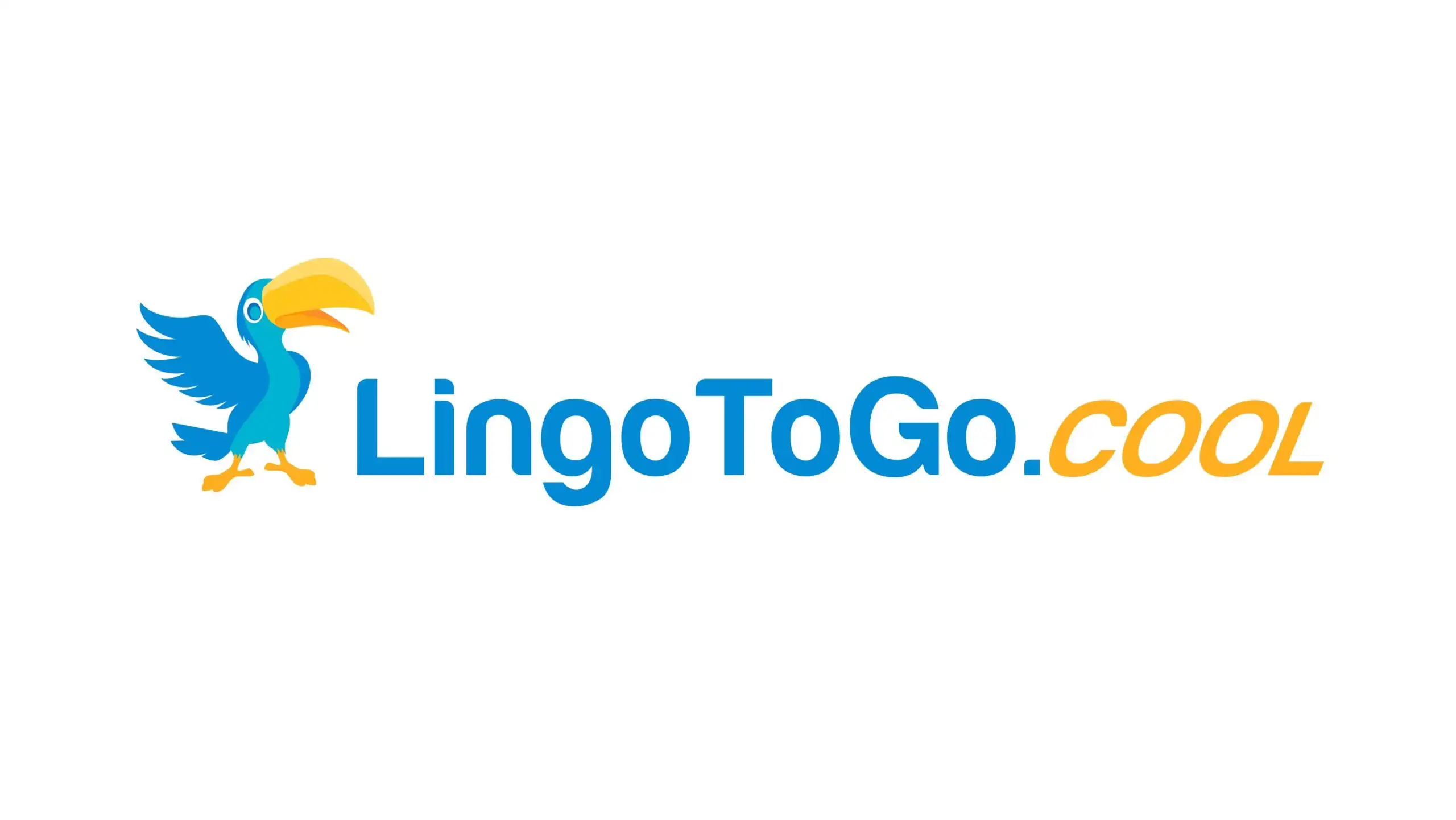When you experience Christmas in Peru, you’ll discover a vibrant tapestry of customs that blend Catholic devotion, indigenous heritage, and modern celebrations. This unique fusion creates Peruvian Christmas traditions that transform December into a month-long festival of faith, food, and community.
The Season Begins
Early December marks the start of Peru’s Christmas season with chocolatadas, community events where steaming cups of rich hot chocolate and panetón (sweet bread) are distributed to children in neighborhoods and schools. These gatherings embody the giving spirit central to Peruvian Christmas traditions.
Christmas Eve – Nochebuena
The heart of Peruvian celebrations occurs on December 24th. You’ll find families attending Misa de Gallo (Midnight Mass) in churches adorned with nativity scenes featuring distinctly Andean elements. In Cusco’s main square, the Santuranticuy fair becomes the largest artisan market in Peru, where you can discover intricate religious folk art, including hand-carved Niños Manuelitos (baby Jesus figurines).
The Feast
After mass, families gather for the traditional Christmas feast. You’ll find tables laden with Peru’s signature holiday dishes:
- Pavo al horno (roasted turkey) seasoned with local herbs
- Hot chocolate made from pure cacao
- Tamales wrapped in banana leaves
- Panetón served with hot chocolate or champagne
- Applesauce and puree de manzana (apple sauce)
Regional Variations
In the Andes, you’ll encounter unique regional Peruvian Christmas traditions. Communities perform takanakuy, a ritual fighting tradition meant to settle old grievances before the new year. Along the coast, families often enjoy a Christmas barbecue under the summer sun, as December falls during Peru’s summer season.
Home Decorations
Peruvian homes blend international and local decorative elements. You’ll see Christmas trees alongside elaborate nativity scenes called nacimientos, often featuring Andean elements like llamas and local flora. In some regions, you’ll find retablos, ornate wooden boxes depicting religious scenes, as central decorative pieces.
Gift-Giving and Papa Noel
While Papa Noel (Santa Claus) has become part of modern Peruvian Christmas traditions, the main gift-giving occurs at midnight on Christmas Eve. You’ll witness families exchanging presents as fireworks illuminate the sky, creating a spectacular display across cities and towns.
The Extended Season
The celebration continues beyond December 25th. You’ll find ongoing festivities until Bajada de Reyes (Three Kings Day) on January 6th, when families gather again to take down decorations and share one final Christmas meal. In some regions, you’ll see Three Kings parades and special masses marking the end of the holiday season.
Modern Influences
Today’s Peruvian Christmas traditions incorporate contemporary elements while maintaining cultural authenticity. Shopping centers feature holiday displays, and modern carols mix with traditional villancicos (Christmas carols). You’ll experience how younger generations embrace both global Christmas customs and their rich cultural heritage.
Traditional Music and Dance
The season resonates with distinctive Peruvian Christmas music. You’ll hear huaynos (Andean folk songs) with Christmas themes, traditional villancicos, and performances by local music groups. In many communities, you’ll witness folk dances performed in traditional dress, adding to the festive atmosphere.
Community Spirit
Perhaps the most significant aspect of Peruvian Christmas traditions is the emphasis on community. Whether through chocolatadas, communal feasts, or shared celebrations, you’ll experience how the season strengthens social bonds and cultural identity, making Christmas in Peru a truly unique and memorable celebration.

